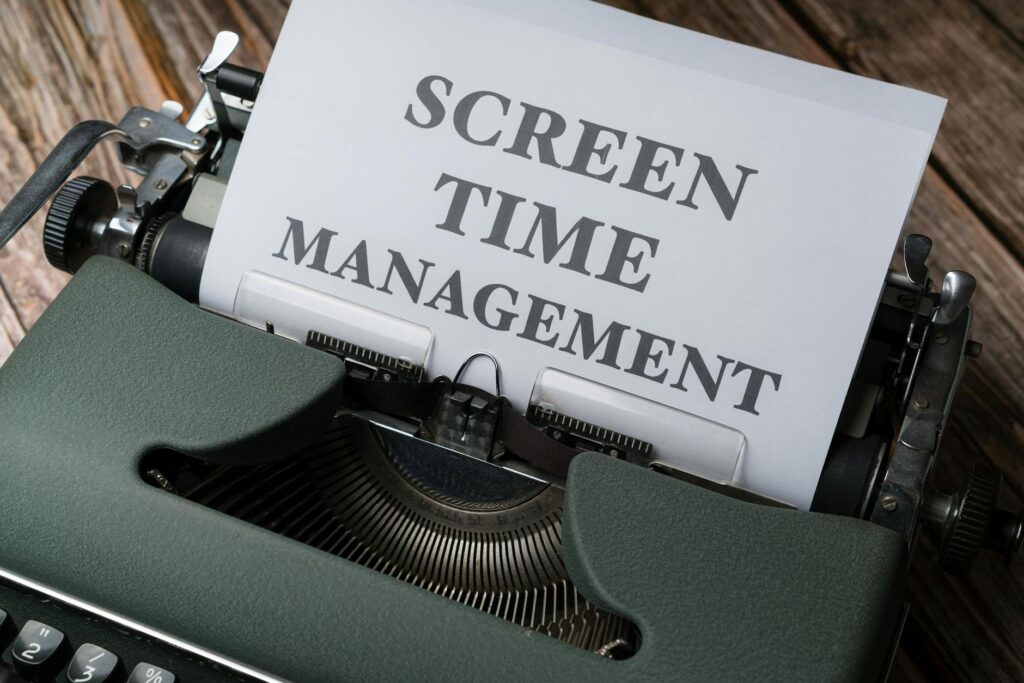What is screen exposure limits?

What is screen exposure limits?
In today’s world, screens dominate our lives. From smartphones to laptops, our daily routines often revolve around digital devices. As technology evolves, so do the challenges associated with it, particularly concerning our health. This is where the concept of screen exposure limits comes into play. These limits are essential for maintaining both physical and mental well-being. But what exactly are they, and how can we effectively manage them?
Understanding Screen Exposure Limits
Screen exposure limits refer to guidelines or recommendations that help individuals manage the amount of time they spend in front of screens. The goal is to balance necessary screen time—such as for work or studying—with adequate breaks and activities that contribute to overall health.
Definition of Screen Exposure Limits
Simply put, screen exposure limits are guidelines that dictate how much time a person should spend using screens daily. These limits vary depending on age, lifestyle, and individual needs. For instance, children’s screen time should be more limited compared to adults, as their development is still ongoing. The American Academy of Pediatrics suggests that children aged 2 to 5 should have no more than one hour of high-quality programming each day, while older children should have consistent limits that prioritize healthy activities. For more detailed insights, check out this resource on children and screen time.
Historical Context and Evolution
The discussion around screen exposure limits has evolved significantly over the past few decades. As screens became more prevalent in homes and workplaces, concerns about their impact on health and well-being emerged. Initially, the focus was primarily on the physical effects, such as eye strain and fatigue, but as research progressed, the mental health implications also gained attention. Understanding that excessive screen time can lead to issues like anxiety and depression has led to the establishment of more robust guidelines and recommendations.
The Effects of Excessive Screen Time
Ignoring screen exposure limits can lead to several negative outcomes that affect health and productivity.
Physical Health Issues
Excessive screen time can cause a range of physical health problems:
- Eye Strain: Prolonged screen use can lead to digital eye strain, resulting in discomfort, dry eyes, and blurred vision.
- Poor Posture: Many people slouch or sit improperly while using devices, which can lead to chronic back and neck pain.
- Sleep Disruption: Exposure to screens, especially before bedtime, interferes with sleep patterns and can lead to insomnia. The blue light emitted from screens can hinder the production of melatonin, the hormone responsible for sleep. You can find more information on sleep disturbances caused by screen time.
Mental Health Consequences
The psychological effects of excessive screen time are just as concerning:
- Increased Anxiety and Depression: Studies show that individuals who spend long periods on screens, especially social media, are more likely to experience feelings of anxiety and depression.
- Social Isolation: While screens can connect us, they can also create a barrier to face-to-face interactions, fostering feelings of loneliness. A resource on excessive screen time and mental health provides further insight into these issues.
Impact on Productivity and Focus
Too much screen time can hinder your ability to concentrate and be productive. Constant notifications, distractions from social media, and the temptation to multitask can lead to decreased focus. This can be especially detrimental for students and professionals who need to maintain high levels of attention and output. The struggle to balance screen time with productive activities can create a cycle of frustration and decreased performance.
Establishing and Maintaining Screen Exposure Limits
Setting screen exposure limits doesn’t have to be daunting. Here are some practical strategies to help you manage your screen time effectively.
Setting Personal Limits
Establishing your own screen exposure limits is crucial. Start by assessing how much time you currently spend on screens and identify areas where you can cut back. For instance, consider limiting recreational screen time to a certain number of hours per day. This might mean opting for a family game night instead of a binge-watching session.
Utilizing Technology and Tools
Several apps and settings can assist you in managing screen exposure. Tools like screen time trackers can help you monitor your usage and set limits on specific apps or devices. Programs such as Forest or StayFocusd encourage you to stay off distracting websites while you work. These tools can be invaluable in helping you stick to your limits.
Creating a Balanced Routine
To maintain a healthy balance, integrate activities that don’t involve screens into your daily routine. This could include exercise, reading, or spending time outdoors. Establishing a structured schedule that designates specific times for screen use and breaks can lead to a more balanced lifestyle. Incorporating these activities can help you follow your screen exposure limits more easily.
Conclusion: The Importance of Screen Exposure Limits
In conclusion, managing screen exposure limits is essential for our physical and mental well-being. Understanding what these limits are, the negative impacts of excessive screen time, and practical ways to establish and maintain limits can significantly improve our health and productivity. By being mindful of our screen time, we can create a healthier, more balanced lifestyle that promotes both well-being and effectiveness. Remember, it’s not just about the time spent in front of screens; it’s about making conscious choices that enhance our overall quality of life.

Photo by Markus Winkler